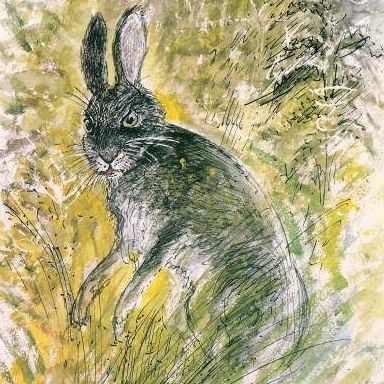The Capacities and Limitations of Language in Animal Fantasies
DOI:
https://doi.org/10.52537/humanimalia.9455Abstract
Drawing on the field of zoosemiotics, this paper explores the representation of language and other forms of communication in animal fantasy fiction, citing Richard Adams’s Watership Down (1972) as a key example of a text which depicts a wide spectrum of communication channels. Zoosemiotics provides a useful lens through which to conceptualize the spectrum of animal communication depicted in Adams’s novel and other notable texts, such as the short stories of Franz Kafka and Ursula Le Guin’s “Author of the Acacia Seeds” (1974). While examples of animal languages in such fiction seem more anthropomorphic than examples of sensory, non-vocal forms of communication, fictional languages such as Lapine actually reveal the limitations of human language as well as the conceptual abilities of nonhuman animals. The texts discussed in this paper attempt to imagine how the ways in which nonhuman animals communicate might be understood, or translated, in human language terms.
Downloads

Published
Issue
Section
License
Copyright (c) 2020 Douglas Leatherland

This work is licensed under a Creative Commons Attribution-NonCommercial 4.0 International License.


